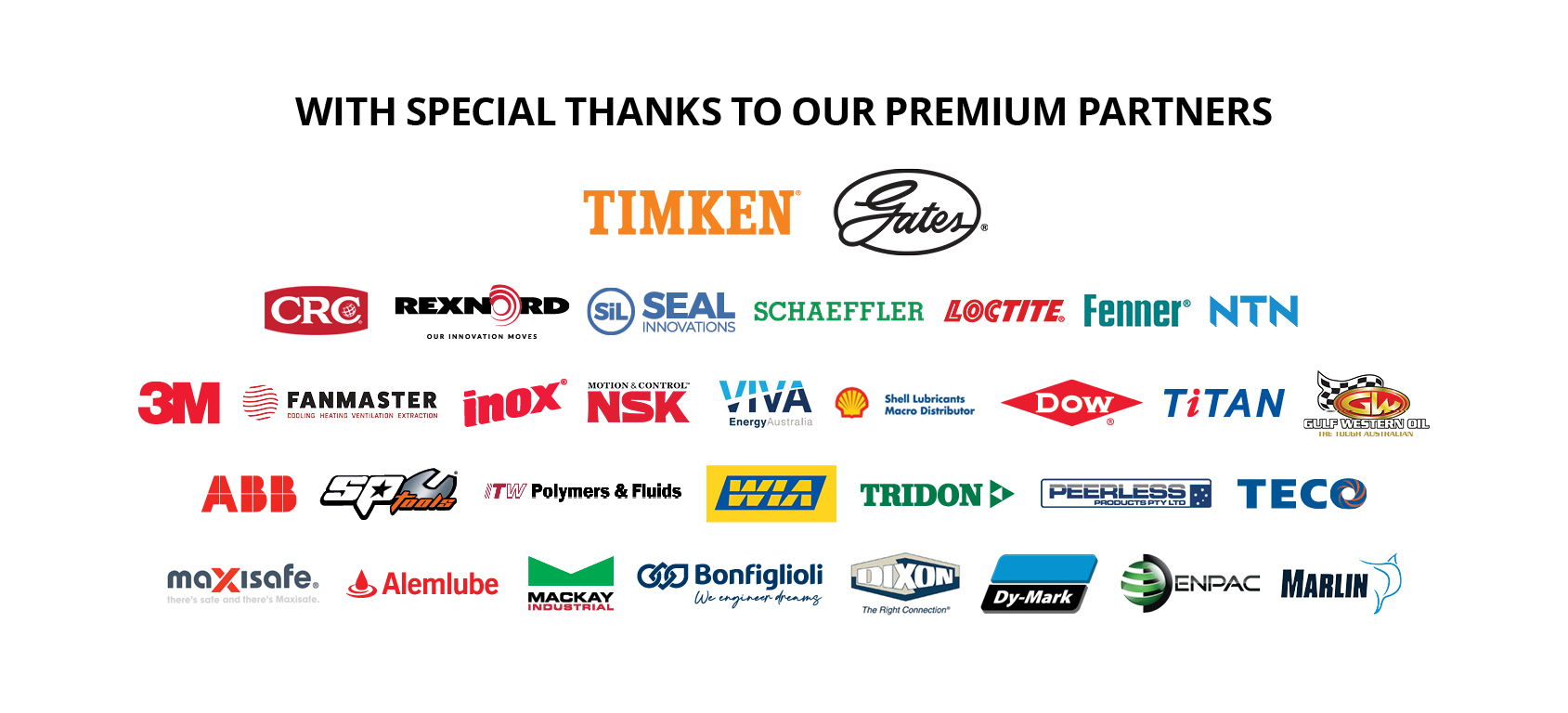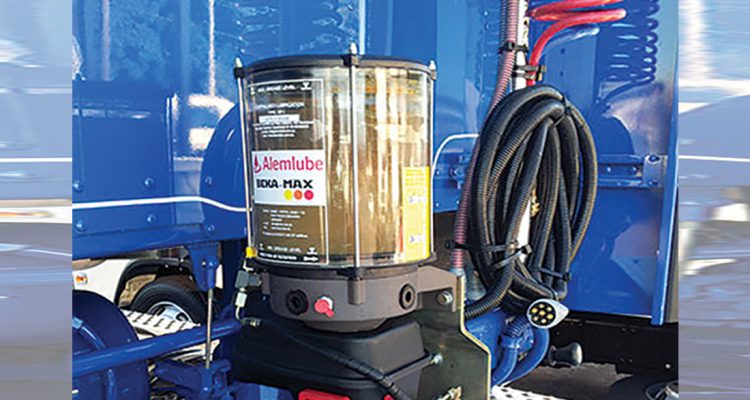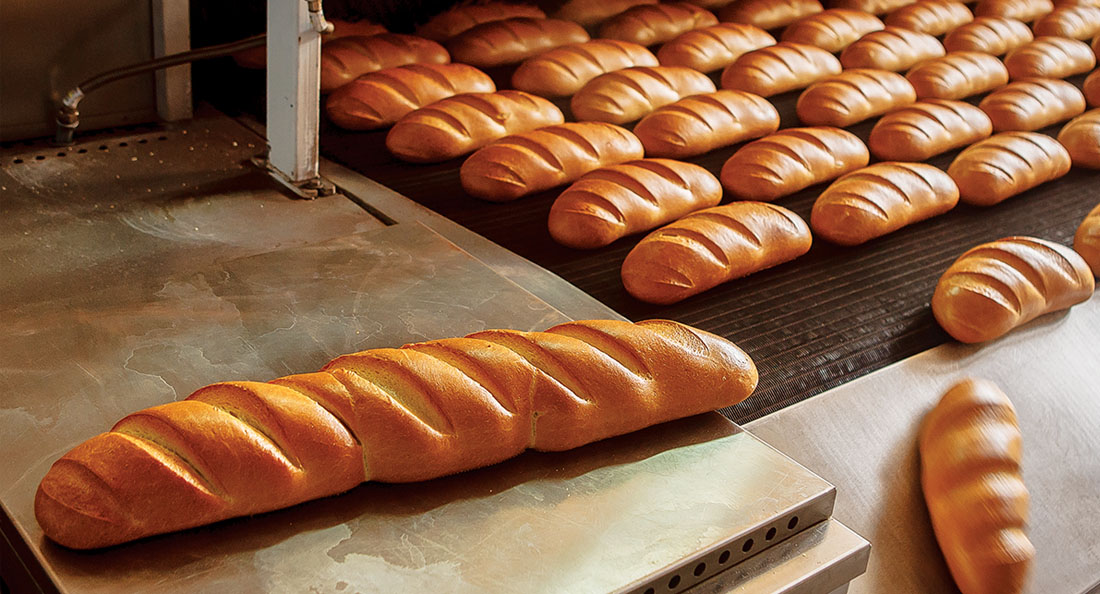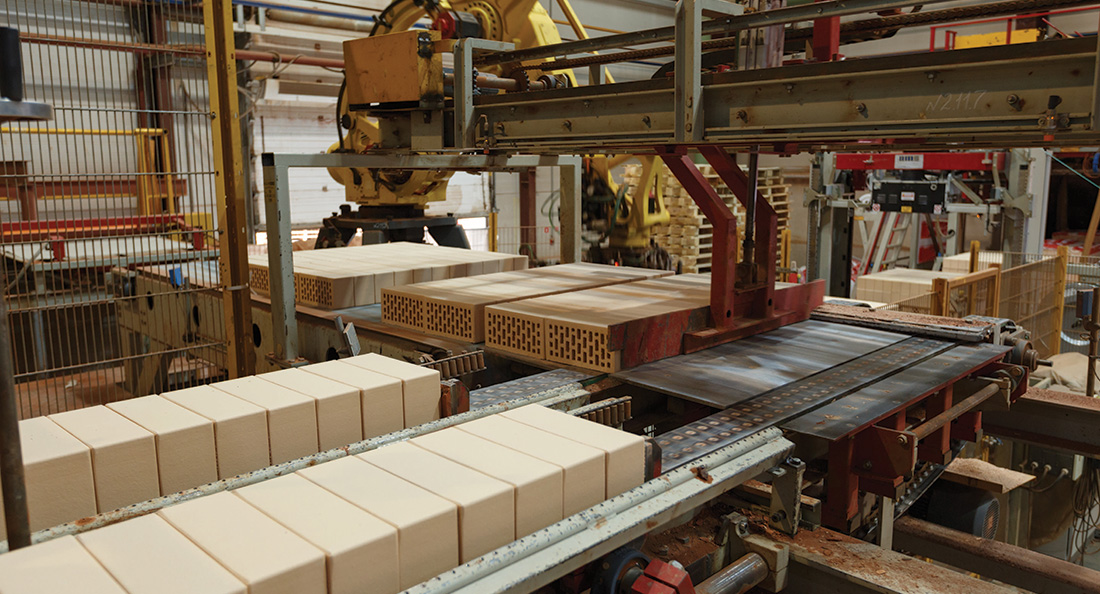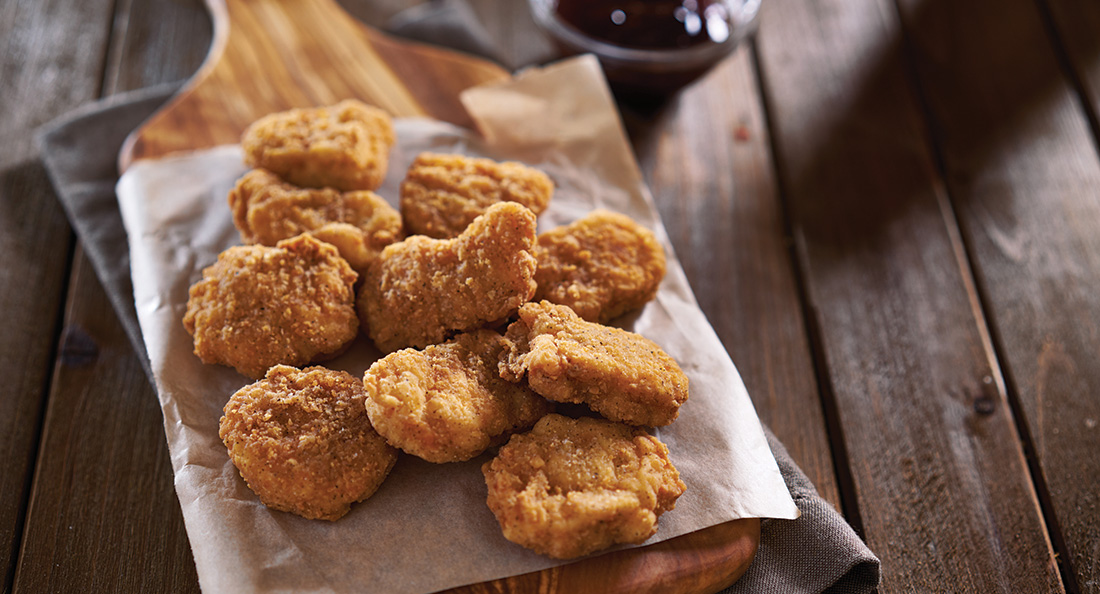Operators at water and wastewater treatment facilities can cross much of the tedious lubrication work off their maintenance checklists when the plants implement automatic, multipoint lubrication systems.
“Maintaining a large water or wastewater treatment plant is time consuming, and at times hazardous,” says Steve Keown, CBC’s National Product Manager for Lubricants, who suggests using multipoint lubrication systems as a cost and time effective solution.
“Most machinery in water treatment plants need lubricating several times per week and sometimes these lubrication points are located in dangerous and inaccessible locations. Using multipoint lubrication systems eliminates the need for maintenance staff to perform repetitive and tedious routine lubrication tasks. Which in turn delivers increases in plant reliability and efficiency,” says Keown.
Besides reducing the maintenance hassle for operators, integrating automated lubrication with the machinery also helps improve the performance and life of the bearings and other components, says Keown.
“Manually lubricated bearings are at the risk of being either over- or under-lubricated. Regular lubrication with an automated lubricator ensures that the bearings receive the right amount of lubrication, day in and day out,” says Keown.
“Bearings in treatment facilities come into contact with water containing waste and acidic substances. By injecting a small amount of grease at regular intervals, automated lubricators keep dirt and ingress away from the bearings.”
CBC has been working with lubrication systems specialist company, Alemlube, to provide a wide range of single and multi-point grease lubricators to customers across a range of different industries.
Alemlube’s National Product Manager, Mandar Shivalkar, says the ‘Pulsurlube’ series of multipoint lubricators are ideal for applying lubrications in places that are difficult to access as well as for use outdoors.
“The Pulsurlube lubricators can connect to as many as eight lube points from a single unit within 6 meters range, resulting in substantial savings compared to multiple single-point lubricators. For a multipoint set up, the units can be installed up to six meters from the dispense point,” he says.
“Because the units are high pressure – they can take up to 60 bar max – they can be installed away from the equipment where accessibility is an issue,” Shivalkar says. “Additionally, the units meet IP 54 requirements for use in extreme outdoor conditions, which means more flexibility in the layout.”
Shivalkar says it is very easy to set up and maintain a multipoint lubricator system.
“The Alemlube lubrication systems are sold as a single unit or complete kit, including tube fittings, mounting bracket, 6mm hose (grease-filled hoses upon request) and grease pouch. We often ask the customer to supply sufficient amount of their grease of choice to fill up at least three grease pouches. The additional pouches are then stored on either Alemlube or CBC’s shelf to make sure that when the customer needs a replacement, they don’t have to wait.”
As for the maintenance, Shivalkar says the transparent containers make visual inspection of the grease very easy and prevent the risk of cross contamination.
“When you use a steel grease gun for lubrication, you cannot see the color of the grease inside. This is very critical when we are dealing with drinking water, which requires specific food-grade grease to be used. With a transparent grease reservoir, you can avoid this risk.”
Apart from the off-the-shelf solutions, CBC and Alemlube work together to offer a range of custom-designed solutions to customers in water and wastewater industries.
One of these options, Keown says, is to add warning lights or buzzers to notify the maintenance crew when the grease pouch needs to be replenished. “The over-pressurisation function is another custom solution that can notify the maintenance team if there’s a blockage in the system, before it leads to a serious damage,” he says.
“These options are particularly advantageous in facilities that are short on staff and want to avoid cumbersome maintenance checks.”
The Pulsarlube multipoint lubricators are typically available with grease pouch capacities ranging from 60 to 500cc (or grams), but Keown says bespoke systems can be designed with higher lubrication capacities to meet specific requirements.
“We always encourage our customers to talk to us about their specific requirements. Through our own engineering capabilities at CBC as well as our strong relationship with partners like Alemlube, we will always come up with the right answer to suit their specific needs,” Keown concludes.
